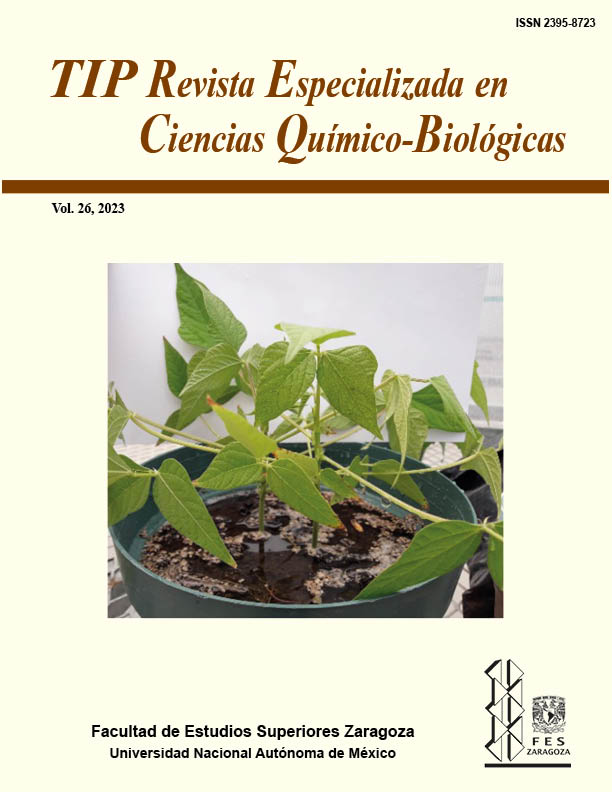Abstract
The residues generated by coffee fruit processing (husk, pulp, skin or silverskin), and by the beverage preparation (spent coffee), are an important source of nutrients and whose extraction is a potential strategy for the obtaining of new food additives, reason for this work to present a compilation of the results of the studies on its nutrients, its bioactive compounds, the extraction of these compounds, the evaluation of its antioxidant activity and its possible application in fresh meat and in meat products. According to the studies carried out, coffee residues (flours and extracts) contain phenolic compounds such as phenolic acids and flavonoids, with antioxidant activity (anti-radical and reducing power). Bioactive compounds are obtained by conventional (maceration and Soxhlet), unconventional (high hydrostatic pressure, microwave, and ultrasound) and biotechnological (fungal fermentation) methods. It is also shown that both the flours and the extracts of these residues have a positive effect on the oxidative stability of meat (pork, lamb, and chicken) and meat products (hamburgers and sausages).
TIP Magazine Specialized in Chemical-Biological Sciences, distributed under Creative Commons License: Attribution + Noncommercial + NoDerivatives 4.0 International.



